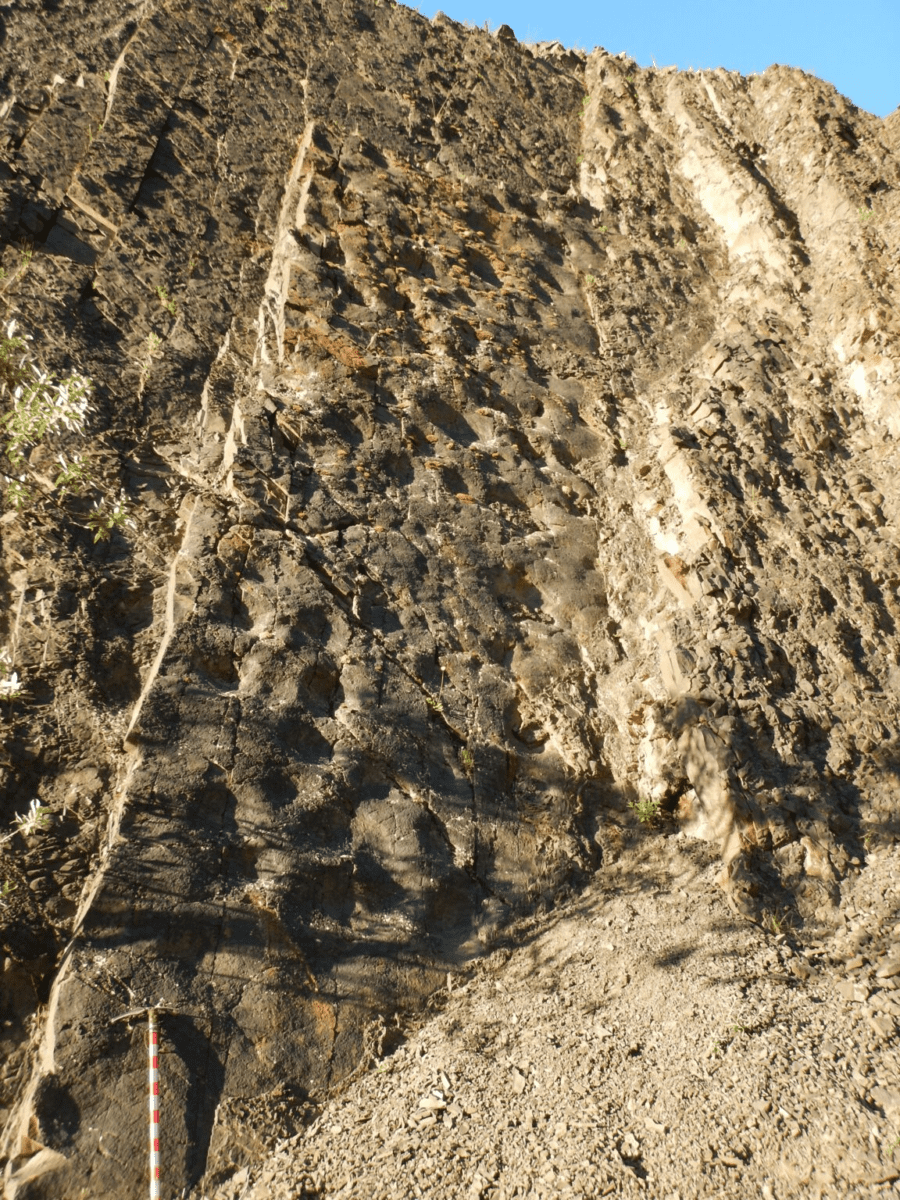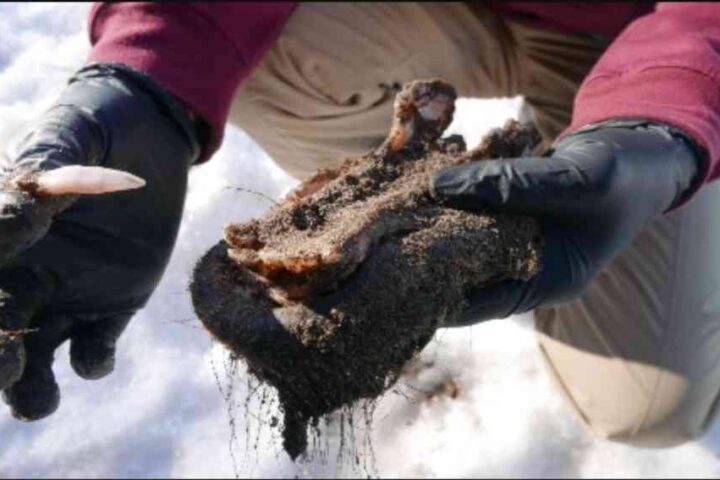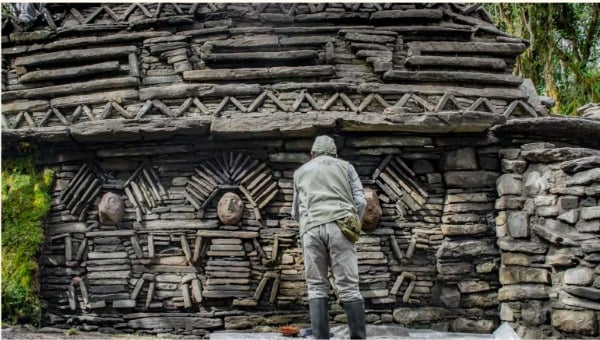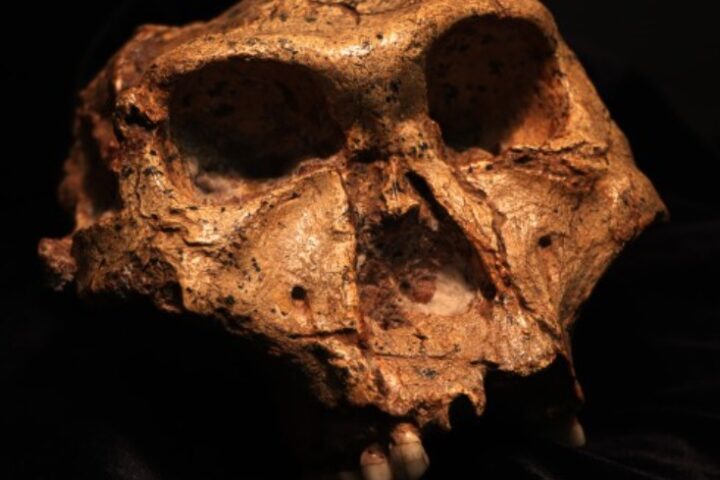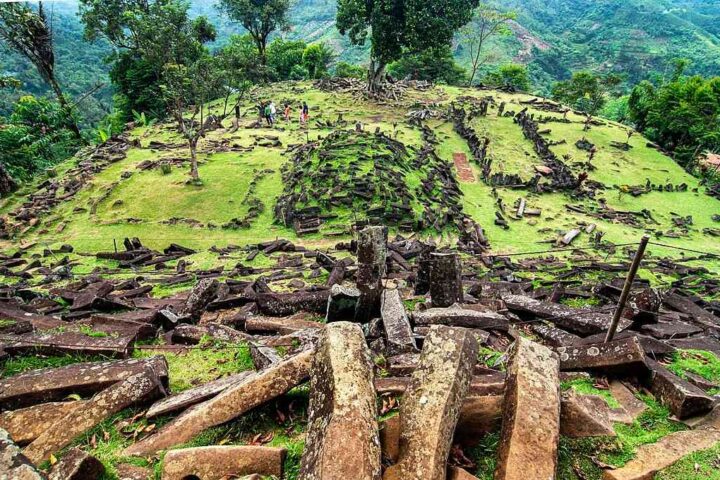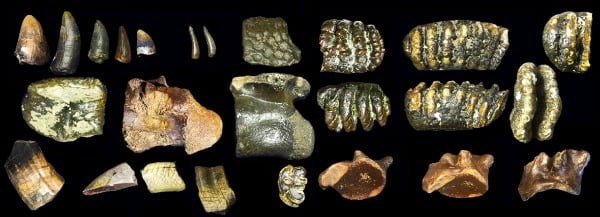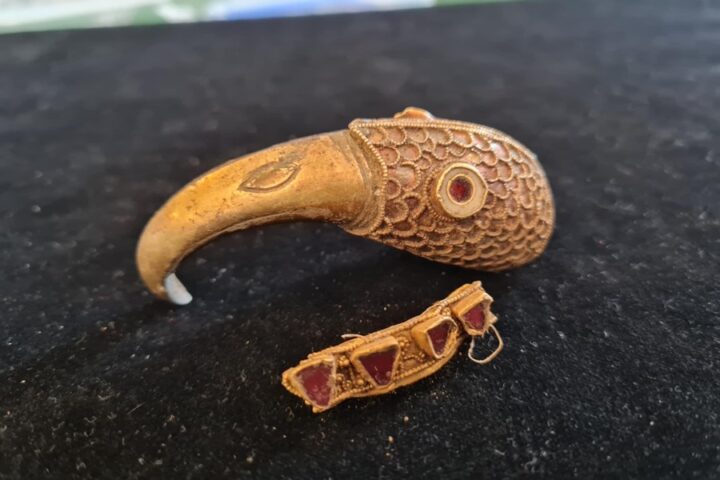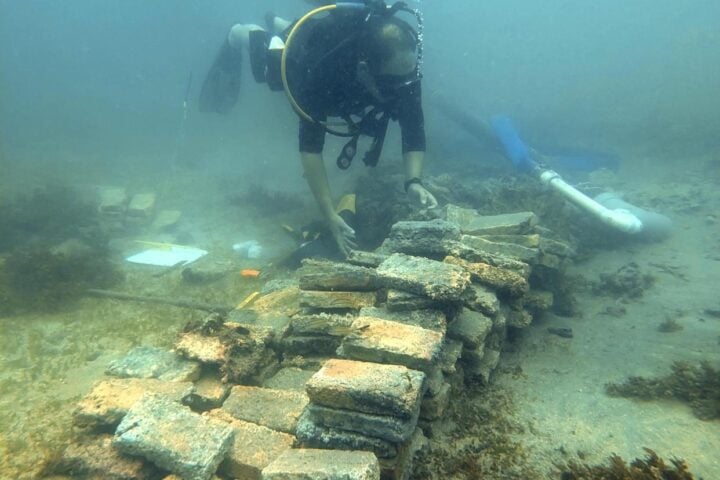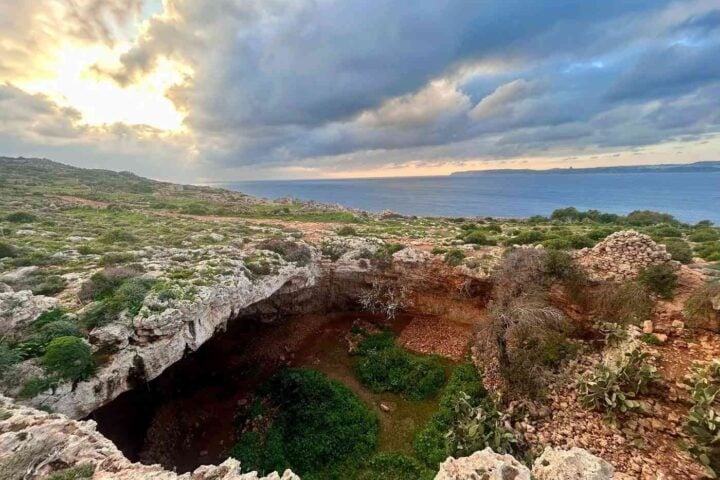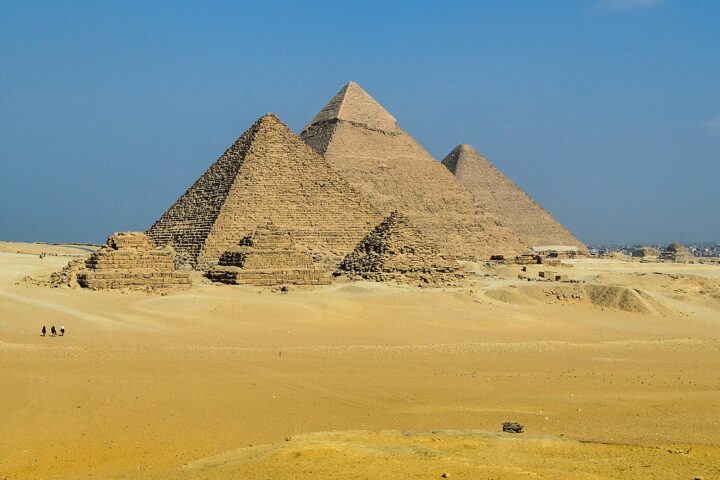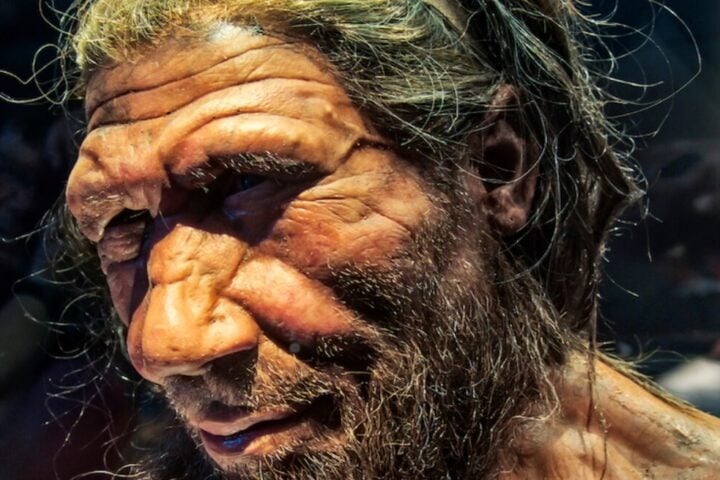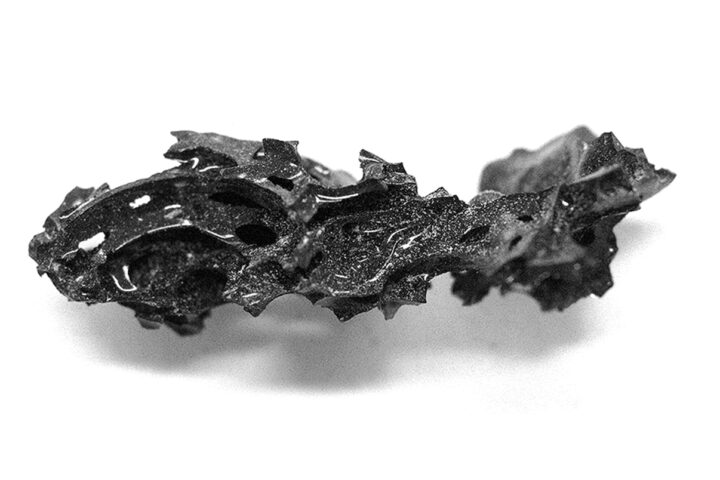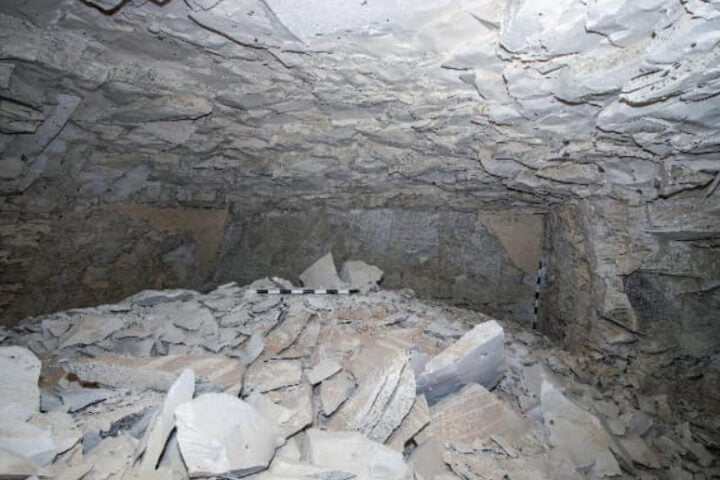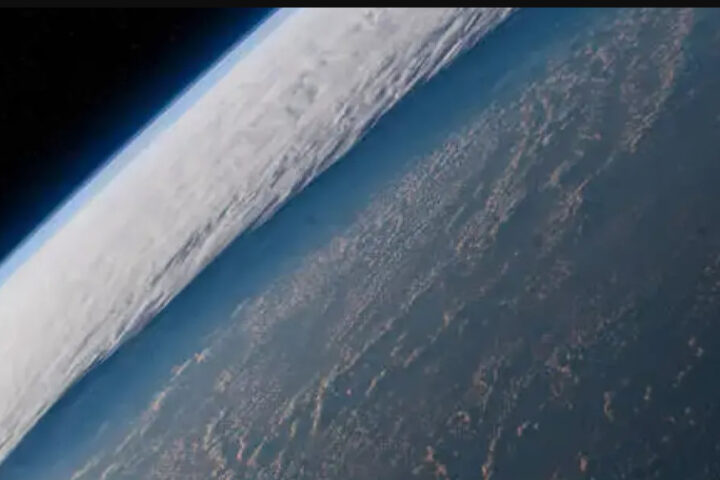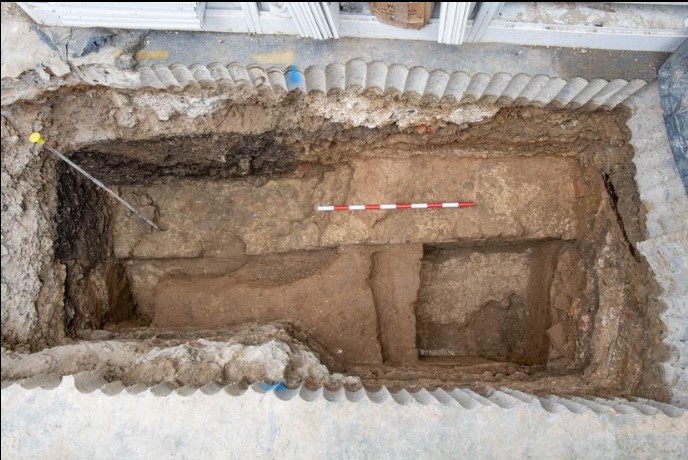The Coliseum’s Revelation: In a groundbreaking discovery, University of Alaska Fairbanks scientists have unveiled the largest known single dinosaur track site in Alaska, aptly named “The Coliseum.” Nestled within the majestic Denali National Park and Preserve, this site offers a prehistoric spectacle like no other. “The sheer magnitude of this site is unparalleled in Alaska’s history,” remarked an awestruck researcher.
Spanning the size of one-and-a-half football fields, The Coliseum boasts layers upon layers of preserved prints in rock. These imprints serve as a testament to the multiple species of dinosaurs that once roamed Interior Alaska nearly 70 million years ago. A recent paper in the journal Historical Biology delves deep into the intricacies of this site. Dustin Stewart, the paper’s lead author, emphasized the site’s chronological significance, stating, “It’s not just one level of rock with tracks; it’s a sequence through time.”
Despite its grandeur, The Coliseum’s initial appearance might deceive the casual observer due to its rocky outcrop structure. Pat Druckenmiller, the paper’s senior author, recalled the team’s initial visit, noting the site’s deceptive simplicity. Stewart’s first impression was of underwhelming simplicity, but as dusk approached, the site revealed its true colors. “The moment the sun’s angle aligned perfectly, the tracks came alive, leaving us absolutely flabbergasted,” Stewart recounted.
The Late Cretaceous Period saw The Coliseum’s cliffs as mere sediments near a probable watering hole on a vast flood plain. Earth’s tectonic activities transformed this flat terrain, tilting it vertically and unveiling the cliff adorned with tracks. These tracks are a blend of impressions in ancient mud and casts formed when sediment filled and solidified within the tracks. “The clarity of these tracks is mesmerizing; the toes, the skin texture, it’s all there,” Druckenmiller observed.
The site also revealed fossilized plants, pollen grains, and traces of freshwater shellfish and invertebrates. “These findings paint a vivid picture of the environment back then,” Stewart commented. The region was characterized by a vast river system, dotted with ponds and lakes. Contrary to today’s climate, the area resembled the Pacific Northwest, with a mix of coniferous and deciduous trees, complemented by ferns and horsetails.
The tracks indicate a diverse range of dinosaurs, from juveniles to adults, that frequented the area over millennia. Predominantly, the site was frequented by large herbivorous dinosaurs like duck-billed and horned species. However, traces of rarer carnivores, including raptors and tyrannosaurs, were also evident, alongside small wading birds. “Denali, 70 million years ago, was a haven for flora and fauna, teeming with dinosaurs,” Druckenmiller mused. “Imagine a tyrannosaur, dwarfing today’s brown bear, sprinting across Denali, accompanied by raptors, flying reptiles, and birds; it was an ecosystem of wonders.”
The National Park Service emphasizes the importance of preserving such fossil-rich sites. Denny Capps, the park’s geologist, highlighted the delicate balance between protection and exploration, urging visitors to appreciate the fossils without disturbing them. Druckenmiller is eager to continue his collaboration with the National Park Service, exploring The Coliseum and other track sites. “Our research in the park complements our work on dinosaur bones in northern Alaska,” Druckenmiller noted. He further added, “Denali is a treasure trove for dinosaur tracks, and I’m eager to see what other surprises await.”
Similar Posts
The Coliseum’s discovery has not only enriched our understanding of prehistoric Alaska but has also added a new dimension to Denali’s already rich tapestry. Every year, thousands flock to Denali to experience its natural beauty, and now they have another reason to be amazed. “It’s not just about the present landscape; it’s about traveling back in time and witnessing an era when dinosaurs ruled,” Druckenmiller reflected.
The Coliseum stands as a testament to nature’s ability to preserve history, offering us a window into a world long gone. As researchers continue to unravel its secrets, The Coliseum promises to reshape our understanding of prehistoric Alaska. “Every track, every imprint, tells a story, and we’re just beginning to listen,” Stewart remarked. The discovery has sparked a renewed interest in paleontology, with many eager to explore and understand our planet’s rich history.
As the world looks on, The Coliseum stands tall, a beacon of the past, beckoning all to explore its mysteries. “This is just the beginning; there’s so much more to discover,” Druckenmiller concluded. In the heart of Denali, history awaits, and The Coliseum is its grand stage.
